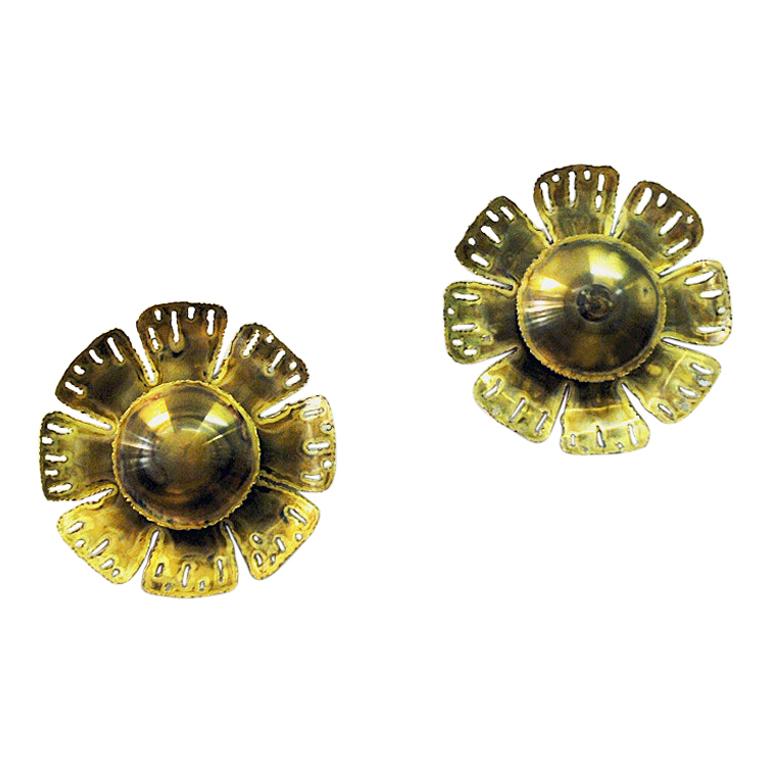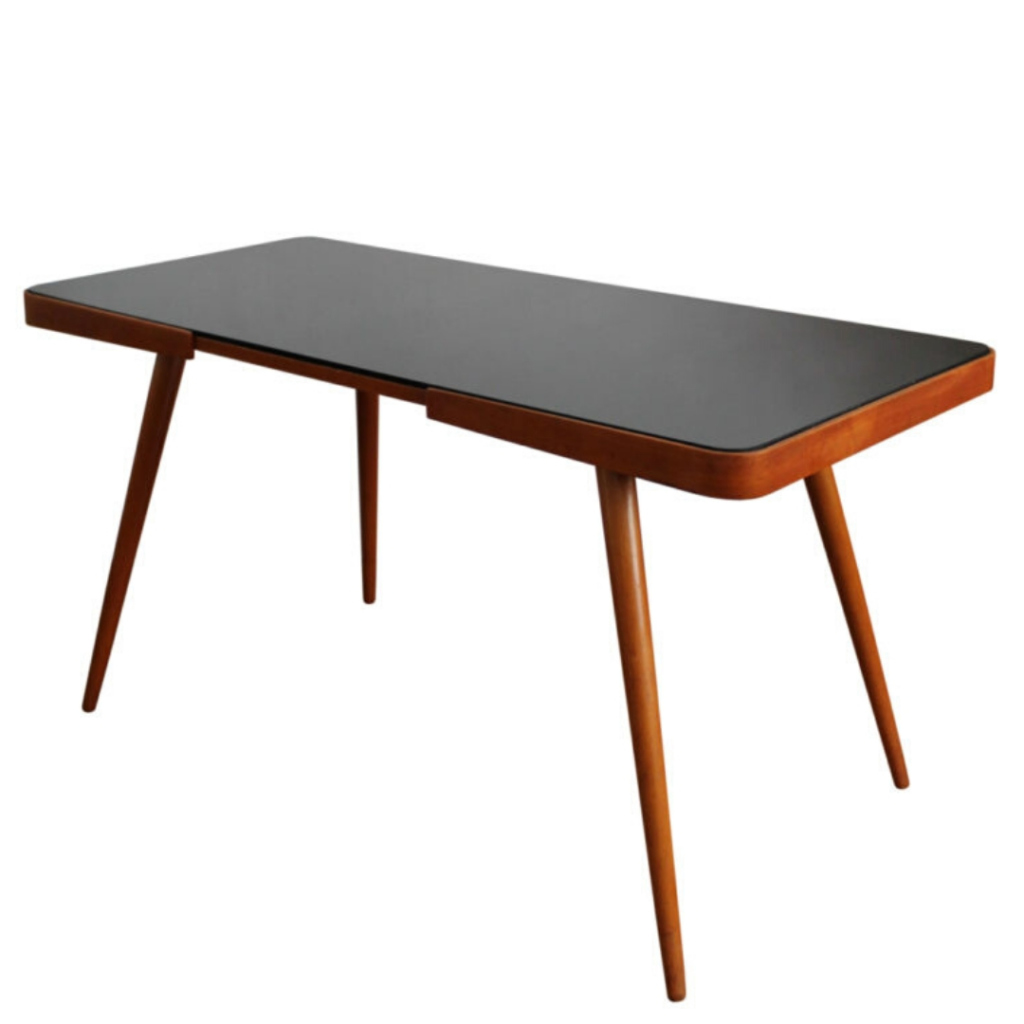Hi folks, I have a rosewood dining table that is in very good shape except for the edge banding of the top. The glue has failed over time and it has become chipped and broken with many missing pieces. It is also mostly loose. If I want to apply a new edge band, Do I get one the proper width and worry about exact placement, or apply an over sized one and trim? Also, what is your favorite source for edge banding that may have rosewood? Thanks, Bill
.
If a veneered edge is satisfactory, I'd consider using a hot-melt-backed product like that shown below. Rosewood will be hard to find in this form; you might consider using walnut, and staining the result after (or before ?) application.
These edgeband products are typically only a little wider than the panel thickness, so there is a minimum of excess material to remove. A sharp block plane, and a sanding block, will make fast work of that -- there are other methods as well.
Removing the existing banding is the first challenge. Try a hair-dryer or an iron, to see if the adhesive is heat-activated. If not, careful work with a sharp chisel or knife will come into play.
http://www.constantines.com/iron-onedgebanding.aspx
.
The thing I would avoid is trying to sand the existing edge off. This would be time-consuming, and when the adhesive layer was reached, sanding would be compromised or impossible. Worse, the risk of rounding over the crucial top edge is great. At all costs, the squareness and even-ness of that arris must be maintained. If sanding were unavoidable, I would construct a device that held a hard (not soft) sanding block at a constant right angle to the table top, with an arm that rode on the top surface. . .
answers.
It is a danish piece, unmarked, probably 60's or 70's. veneered top 3/4" thick and the edgebanding appears to be in the thickish range of a veneer (too thin for me to measure accurately. Fortunately, most of the edge band is already lose and the real clean up will be glue removal. Scraping?
Yes, scraping
and possibly softening with heat. Approach with caution with a hot hairdryer and see if the glue is softened at all. Watch for darkening of the wood -- indicating too much heat. If the glue remains brittle, then chipping and scraping with sharp instruments is the way. Clamping a hard flat piece of material to the top, in the area where scraping is taking place, would permit scraping to the top of the edge face without endangering the surface veneer.
If the glue is in fact hot-melt, then it would need to be removed completely and neutralized with solvent before you could expect other adhesives to stick to the wood -- if at all. So, a new heat-applied edge would be the ideal for this situation. If the present adhesive is a rigid glue, however (something hard and brittle), then scraping and a bit of hand-sanding with a stick narrower than the edge (leave the clamp-block in place) should prepare the edge for any desired application of new material and adhesive.
If you need any help, please contact us at – info@designaddict.com









